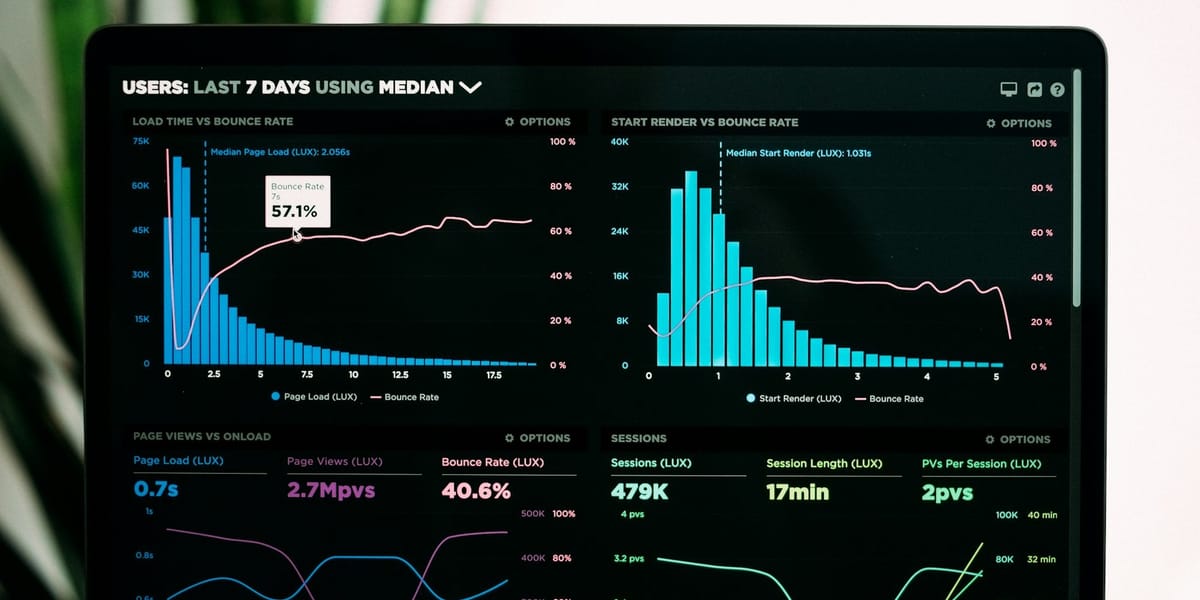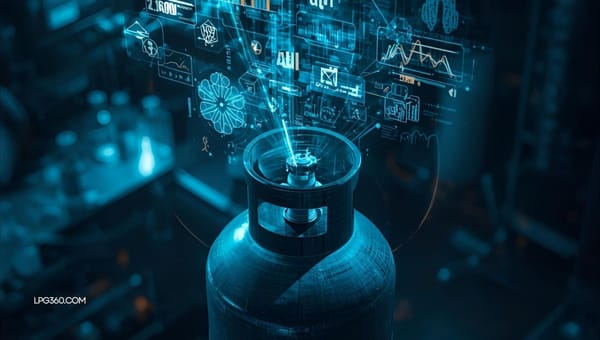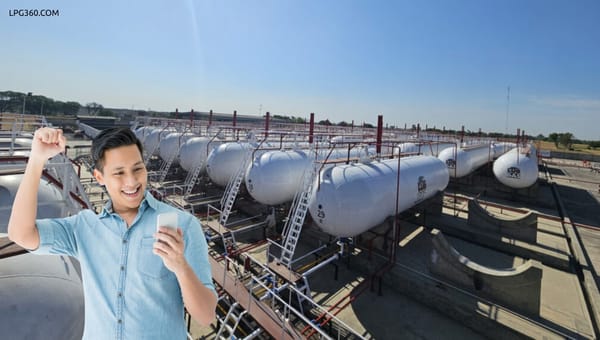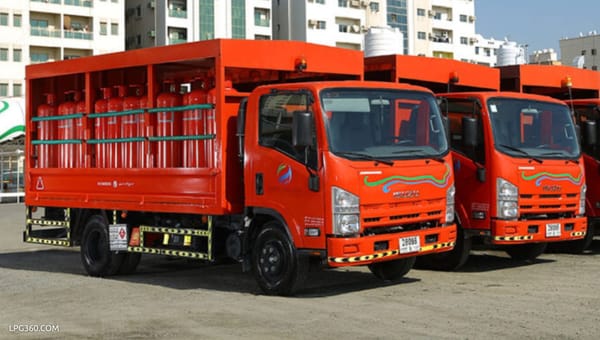LPG Composition, Applications, Benefits, and Challenges

Liquefied Petroleum Gas (LPG) is a versatile and efficient energy source widely used across the globe. It is primarily composed of propane and butane, which are derived from natural gas processing and crude oil refining. LPG is utilized for various applications, including domestic cooking, heating, industrial use, and as an automotive fuel. Due to its clean-burning properties and relatively lower carbon emissions, LPG is considered a viable alternative to conventional fossil fuels
This LPG analysis explores its composition, applications, advantages, and challenges, highlighting its importance in today's energy landscape.
Composition and Production
LPG consists mainly of hydrocarbons—propane (C3H8) and butane (C4H10). These gases are stored in liquid form under moderate pressure, making them easy to transport and store. The production of LPG occurs through two primary processes: natural gas processing and petroleum refining. During natural gas processing, LPG is separated from methane and other components. In petroleum refining, LPG is extracted as a byproduct of crude oil distillation.
Uses and Applications
LPG has diverse applications across different sectors:
- Household Use: It is widely used for cooking and heating in homes due to its clean-burning nature and high efficiency.
- Industrial Applications: LPG serves as a fuel for manufacturing processes, including metal cutting, glass production, and ceramics.
- Automotive Fuel: Auto LPG is a popular alternative fuel for vehicles, offering lower emissions compared to gasoline and diesel.
- Agricultural Sector: Farmers use LPG for crop drying, pest control, and greenhouse heating.
- Power Generation: LPG can be used to generate electricity in remote areas where grid connections are unavailable.
Advantages of LPG
- Environmental Benefits: LPG emits lower greenhouse gases compared to coal, diesel, and gasoline, reducing the carbon footprint.
- Energy Efficiency: It provides a high energy output with minimal waste, making it an efficient fuel choice.
- Portability and Storage: LPG can be easily transported and stored in cylinders and bulk tanks, making it accessible in remote locations.
- Versatility: Its wide range of applications makes it an essential fuel in both residential and commercial sectors.
- Reduced Air Pollution: Unlike solid fuels, LPG produces minimal smoke and particulate matter, improving indoor and outdoor air quality.
Challenges and Limitations
Despite its numerous benefits, LPG faces several challenges:
- Infrastructure Development: The distribution and storage infrastructure for LPG require significant investment, especially in rural and developing areas.
- Price Volatility: LPG prices fluctuate based on crude oil prices and global supply-demand dynamics.
- Safety Concerns: Improper handling or leakage of LPG can lead to fire hazards and explosions.
- Dependency on Imports: Many countries rely on LPG imports, making them vulnerable to supply disruptions and geopolitical influences.

Conclusion
LPG is an essential energy source that offers a balance between efficiency, environmental sustainability, and versatility. Its applications span households, industries, agriculture, and transportation, making it a crucial component of the global energy mix. However, challenges such as infrastructure costs, price fluctuations, and safety concerns must be addressed to enhance its accessibility and usage. With ongoing technological advancements and policy support, LPG can continue to play a significant role in the transition toward cleaner and more sustainable energy solutions.
#LPG #LPG360 #LPGInnovation #CleanEnergy #SmartLPG #SustainableEnergy #GreenEnergy #LPGRevolution #EnergyEfficiency #FutureOfLPG #CleanCooking #RenewableEnergy #LPGForAll #EcoFriendlyEnergy #LPGSolutions #TechInEnergy #SustainableFuel #LPGAnalysis #LPGTrends #LPGMarket #GasIndustry #EnergyTransition #LPGGrowth #LPGSupplyChain #EnergyInnovation #LPGDistribution #EnergyAccess #LPGEconomics #LPGInfrastructure #LPGAlternatives #EnergySecurity #FutureEnergy #CarbonFootprintReduction







